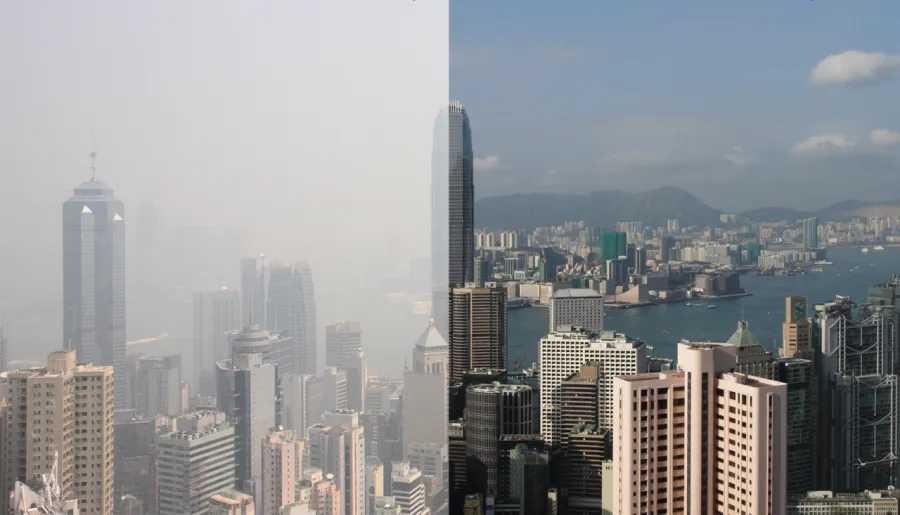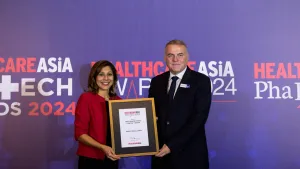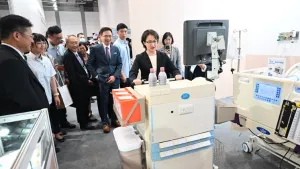
Air pollution in West Hong Kong is still in the red
Ozone (O3) levels have hit their highest point in the twenty years.
Roadside pollution in West Hong Kong continues to breach recommended levels by the World Health Organisation, according to a report by an environmental group who slammed “unsatisfactory” efforts by the Lam administration to seal the city’s air pollution problem.
Also read: Hong Kong's liveability for expats plunges amidst intensifying pollution
NO2, which is largely generated from transport, also ranks the highest in the Western areas of Kwai Chung, Sham Sui Po to Tsuen Wan where there is high population density, according to the Clean Air Network (CAN). Another main pollutant Ozone (03), which indicates regional pollution, has also been on a steep uptrend after hitting its highest point in 20 years. Other air pollutants, including Sulphur Dioxide (SO2), PM2.5 and PM10, are similarly concentrated in the Western districts.
“Even though the targets stated in the report are met in 2020, the projected NO2 and PM10 levels will remain surpassing the WHO standards by 77% and 59%, posing a significant threat to public health,” the report added.
CAN cites reports that the worsening air problem is aggravating Hong Kong’s medical burden with medical visits due to air pollution hitting 1.26 million in the first half of the year alone. The corresponding hospitals days also totaled 59,569 which is equivalent to the one-month full capacity of Prince of Wales Hospital, it added.
“Given that the 2020 targets remain surpassing WHO standards by 77% and 59%, public health is still insufficiently protected,” CAN said in a statement.
The organisation urges the government to alleviate traffic congestion as a way to effectively reduce roadside pollution. “Clean Air Network estimates that if exclusive use of franchised buses is regulated in the existing low emission zones, 646 tonnes of Nitrogen Oxides (NOx) can be prevented from injecting onto the roadside every year, equivalent to the annual emission of all private cars in Hong Kong,” it added.
Photo from Tokyoahead at English Wikipedia, CC BY 3.0


















 Advertise
Advertise


